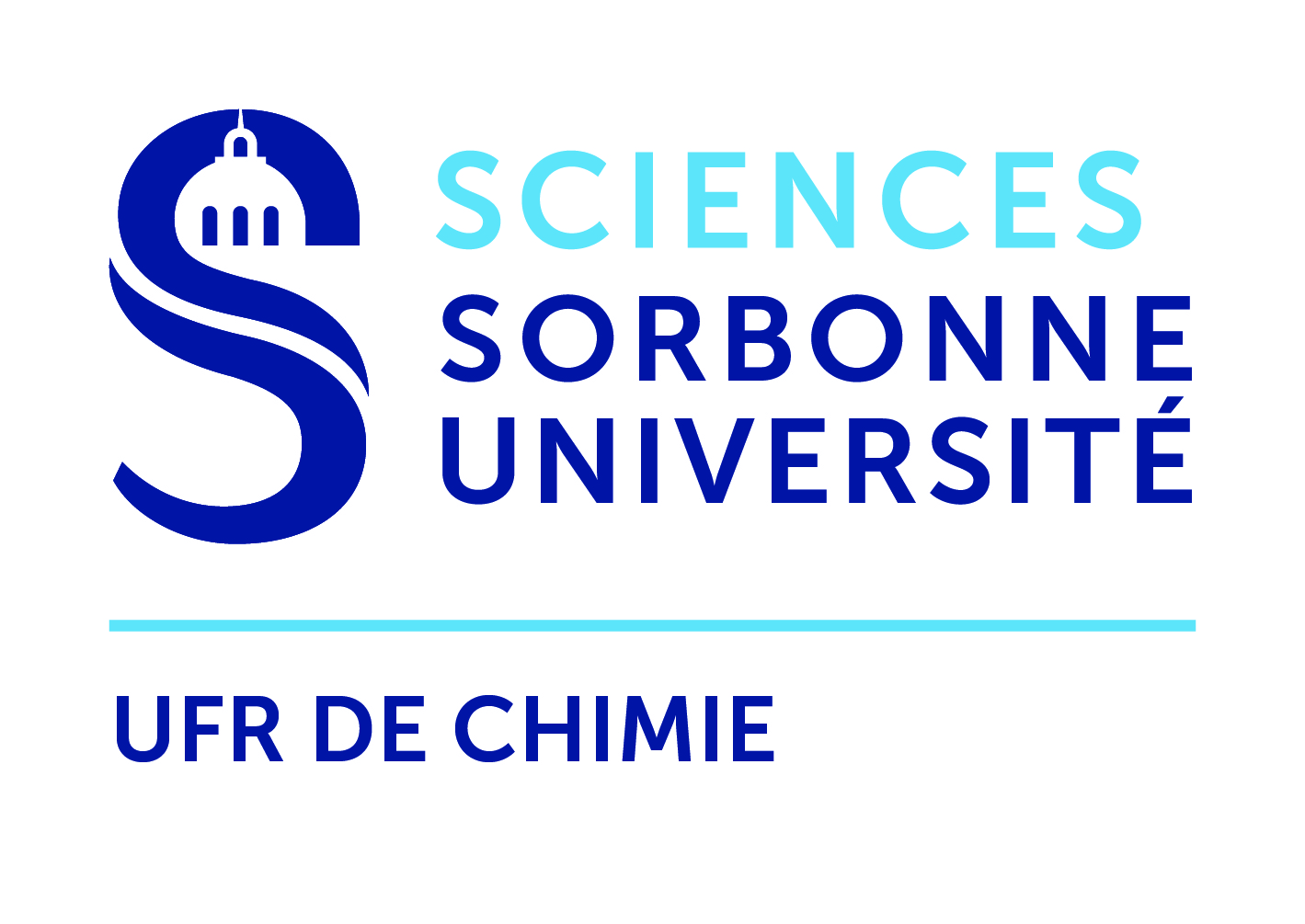Zr-Based MOF-545 Metal-Organic Framework Loaded with Highly Dispersed Small Size Ni Nanoparticles for CO2 Methanation
Résumé
We report the use of Zr-based metal-organic frameworks (MOFs) MOF-545 and MOF-545(Cu) as supports to prepare catalysts with uniformly and highly dispersed Ni nanoparticles (NPs) for CO2 hydrogenation into CH4. In the first step, we studied the MOF support under catalytic conditions using operando diffuse reflectance infrared Fourier transform (DRIFT) spectroscopy, ex situ characterizations (PXRD, XPS, TEM, and EDX-element mapping), and DFT calculations. We showed that the high-temperature conditions undoubtedly confer a potential for catalytic functionality to the solids toward CH4 production, while no role of the Cu could be evidenced. The MOF was shown to be transformed into a catalytically active material, amorphized but still structured with dehydroxylated Zr-oxoclusters, in line with DFT calculations. In the second step, Ni@MOF-545 catalysts were prepared using either impregnation (IM) or double solvent (DS) methods, followed by a dry reduction (R) route under H2 to immobilize Ni NPs. The highest catalytic activity was obtained with the Ni@MOF-545 DS R catalyst (595 mmolCH4 gNi-1 h-1) with 100% CH4 selectivity and 60% CO2 conversion after ∼3 h. The higher catalytic activity of Ni@MOF-545 DS R is a result of much smaller (∼5 nm) and better dispersed Ni NPs than in the IM sample (20-40 nm), the latter exhibiting sintering. The advantages of the encapsulation of Ni NPs by the DS method and of the use of a MOF-545-based support are discussed, highlighting the interest of designing yet-unexplored Zr-based MOFs loaded with Ni NPs for CO2 hydrogenation.
| Origine | Fichiers produits par l'(les) auteur(s) |
|---|
